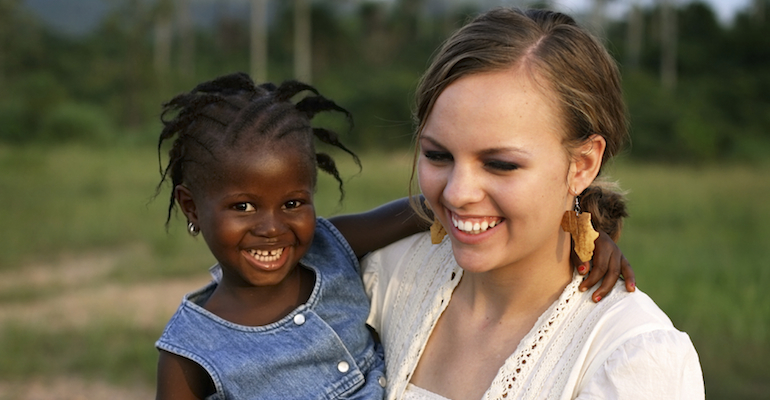In any given year, there are about 75,000 adoptions in the United States (this isn’t counting adoption by step-parents). About two-thirds of the children are adopted from U.S. foster care, often by their foster parents. About one-quarter are “domestic newborns,” placed at birth by their mothers. About 10 percent are adopted from other countries. More media attention is paid to international adoptions, but the statistics have been remarkably consistent for the past 20 years: More than three-quarters of adoptees are U.S.-born.
How do children get placed for adoption in the United States?
While all children adopted from other countries are called “orphans,” virtually all U.S.-born adoptees have living parents.
In some cases, birth parents choose to place children for adoption because of family circumstances; their parental rights can be transferred directly to the adoptive parents with the approval of the state. Other U.S. adoptees have been relinquished to the state by birth parents who are ill or incarcerated, or were removed from their birth parents because of abuse or neglect; in these cases, parental rights are transferred first to the state, and from the state to the adoptive parents.
What is private adoption?
We use the term “private” adoption to mean that parental rights are transferred directly from the birth family to the adoptive family. It’s often called “domestic infant adoption,” because almost all children adopted this way are American newborns. Some people also use the term “private adoption” to mean an adoption facilitated by an attorney rather than an agency, but in fact many adoption agencies do private adoptions.
Are there really American babies to adopt?
Of the 18,000 or so private adoptions that take place every year, most are babies placed at birth or soon after. The idea that there are no babies comes from a quirk of history: Just after World War II, adoption of American infants reached a high point (returning G.I.s + lack of contraception = 49,000 babies adopted), and then declined steeply, leading to long waits and the still-current myth that healthy American infants are scarce.
Who are the birth parents?
The majority of birth mothers relinquishing children are over 18 (one study puts the average age at 24). Most are single (though about five percent of babies are relinquished by married couples). About a quarter have children already. Interestingly, the women who place their children for adoption are more likely to have intact families, higher incomes, and higher educational levels than mothers who choose to parent their babies. The average age of relinquishing birth fathers is 27; about one-quarter of them take an active role in placing their children.
What role does the baby’s father play?
The legal rights of birth fathers are one of the most complicated areas of adoption law. Each state has its own laws, often conflicting with those of other states. (Ordinarily, the laws of the state where the baby is born or the laws of the state where the adoption will be completed are followed.) The variables of each situation — Are the father’s identity and whereabouts known? Does he know about the pregnancy? Is he married to the birth mother? Has he taken any action indicating that he wants custody of the child? — determine which laws will come into play and how they will affect the adoption. For the security of your adoption, you must work with an adoption attorney or an experienced social worker to make sure that the baby’s father — or any man who might think he was the father — agrees to the adoption, or at least knows about the pregnancy and birth and has had the chance to object.
Do the baby’s grandparents have rights?
Even if the birth parents are minors, the birth grandparents have no legal right to either approve or contest an adoption. Even though birth grandparents have no legal rights, our adoptive families — and experienced adoption professionals — say that adoptions go smoothly when the expectant mother’s own mother supports her plan, even if the relationship between the two is poor.
Why do they choose to place a child for adoption?
About three-quarters of placing birth mothers say they cannot give the child the life it deserves; the rest say they want to continue their own educations.



